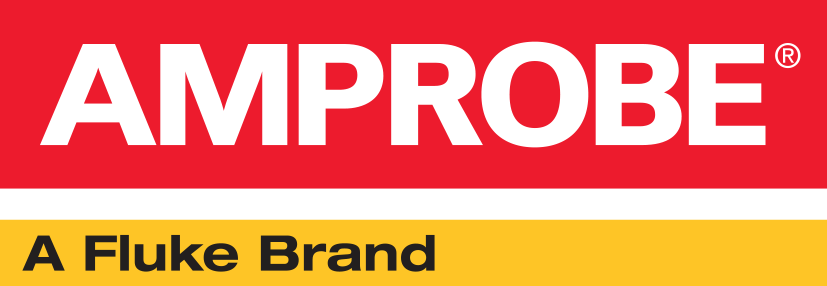What is an ultrasonic leak detector?
We can hear a wide range of sound waves, but ultrasonic sound waves are outside of human hearing capability. Ultrasonic sound waves are emitted from tiny holes where highly pressurized air or gas escapes through. These tiny leaks, in addition to vibration and electrical discharge, are all issues that can cause equipment to fail. An ultrasonic leak detector can hear these leaks for you and alert you to the leakage point.
Advantages of using an ultrasonic leak detector
Ultrasonic leaks of all sizes happen all the time, whether it’s an air leak or a refrigeration leak. Every year, you may need to recharge your pneumatic system because there’s a leak in it that is just so tiny, it doesn’t necessarily show itself right away. But as that system works, air slowly and continually leaks out.
If there is a leak in the compressed air system the compressor will turn on more frequently to keep the lines pressurized. This means the compressor is running inefficiently and leads to increased energy loss as the compressor works harder to maintain the PSI level it was designed for. Once the PSI drops below a specified level, the compressor will kick back on. The more leaks, even little leaks, you have throughout the facility, the more the compressor will need to run.
Many facilities use compressed air in their operations, including power plants that use compressed air to help with actuators opening and closing. If the actuators can’t fully open or close correctly, that could indicate a leak somewhere. These plants also generally have multiple compressors with huge tanks working in different areas—some need to stay constantly up and running. With so much use, it is likely there is always some type of leak that can only be identified by an ultrasonic leak detector.
From an automotive perspective, the potential for leaks to occur is high, including vacuum hoses on the engine and combustion pressure within the motor, and also associated hoses that ensure the engine and motor work together properly. An ultrasonic leak detector is well-designed to detect holes in the hoses coming off that system.
The potential for leaks in HVAC/R systems is also very high. It is important to pinpoint any leakage points before releasing refrigeration into the system. This can be accomplished with a nitrogen leak check, where nitrogen is charged into the copper pipe system with incredibly high PSI. When the system is highly pressurized, all of the joints can be checked with an ultrasonic leak detector to ensure that they are properly sealed.
If you are inspecting a home, you may need to go around to all the windows to see if there is any air leakage coming in through those windowpanes. These leaks can be so small, you may not hear or feel them. In cases like this, you can use a transmitter to send out the ultrasonic signal to help you identify the location of the leak with the ultrasonic detector. Fixing these leaks help make the house more efficient because when heat or conditioned air is running out through the windows, the temperature regulation system constantly cycles to keep the air in the house at the assigned temperature.
Having an ultrasonic leak detector allows you to go out to the jobsite and find high frequency leaks that would otherwise go unnoticed by the human ear. An ultrasonic leak detector can be adjusted and tuned to the environment to really pinpoint exact locations of leakage points that can then be repaired. If these leaks go unchecked, equipment is left to work overtime and use more energy. That’s just wasted money.

